I thought I loved Champagne before I was properly introduced to it. Now knowing the complexity of its production, I have a deeper respect and value it even more.
I managed to secure an invitation to a Champagne blending master class hosted by the Ordre des Coteaux de Champagne and taught by Mr. Stanislas Thienot of Champagne Alain Thienot.
First we discussed how Champagne and Champagne Method and Traditional Method (which is the same process used to make Champagne, but not from the region of Champagne in France) wines are made. Champagne is often made up of blends of about 100 different still wines (known as vins clair). Each of these wines are from different vintages or years, from different parcels of land, different grape varietals (Chardonnay, Pinot Noir and Pinot Meunier are the primary grapes used in champagne making) and different fermentation processes (barrel or tank, or and bottle). What is unique about Champagne, compared to other sparkling wines, is that it goes through a second fermentation (when the bubbles form) in the bottle. This is a painstaking artisanal process, during which residual yeast occurs (known as lees). The Champagne is then aged on these lees.
In making a vintage Champagne, only vintage wines from a single year are permitted and the focus is not on replicating a flavour (as in non-vintage Champagne), but rather on reflecting the flavour of the harvest. Vintage Champagnes are to be aged for a minimum of three years on its lees by law, and will change over time so the Champagne must also be made to last. Finally, there are single vineyard and grower Champagnes. Single vineyard Champagnes, such as Krug’s Le Clos de Mesnil, are rare but do exist – as discussed above, most Champagnes are made from blends, which are assembled from multiple vineyards. And, grower Champagnes are the product of a single producer and vineyard owner (most Champagne houses use multiple vineyard sources from the region for their blends).
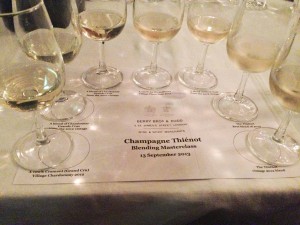
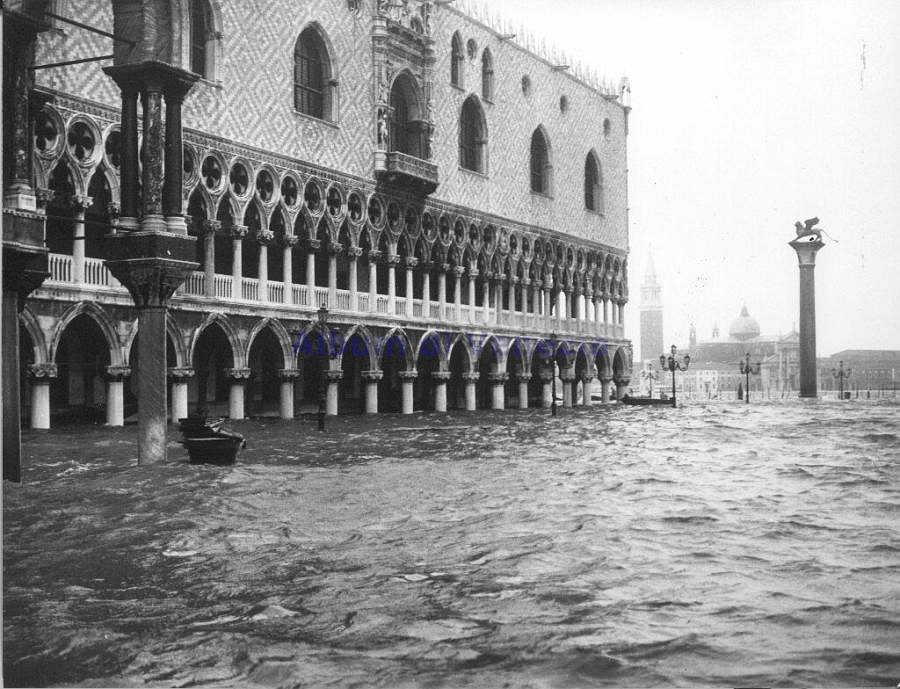
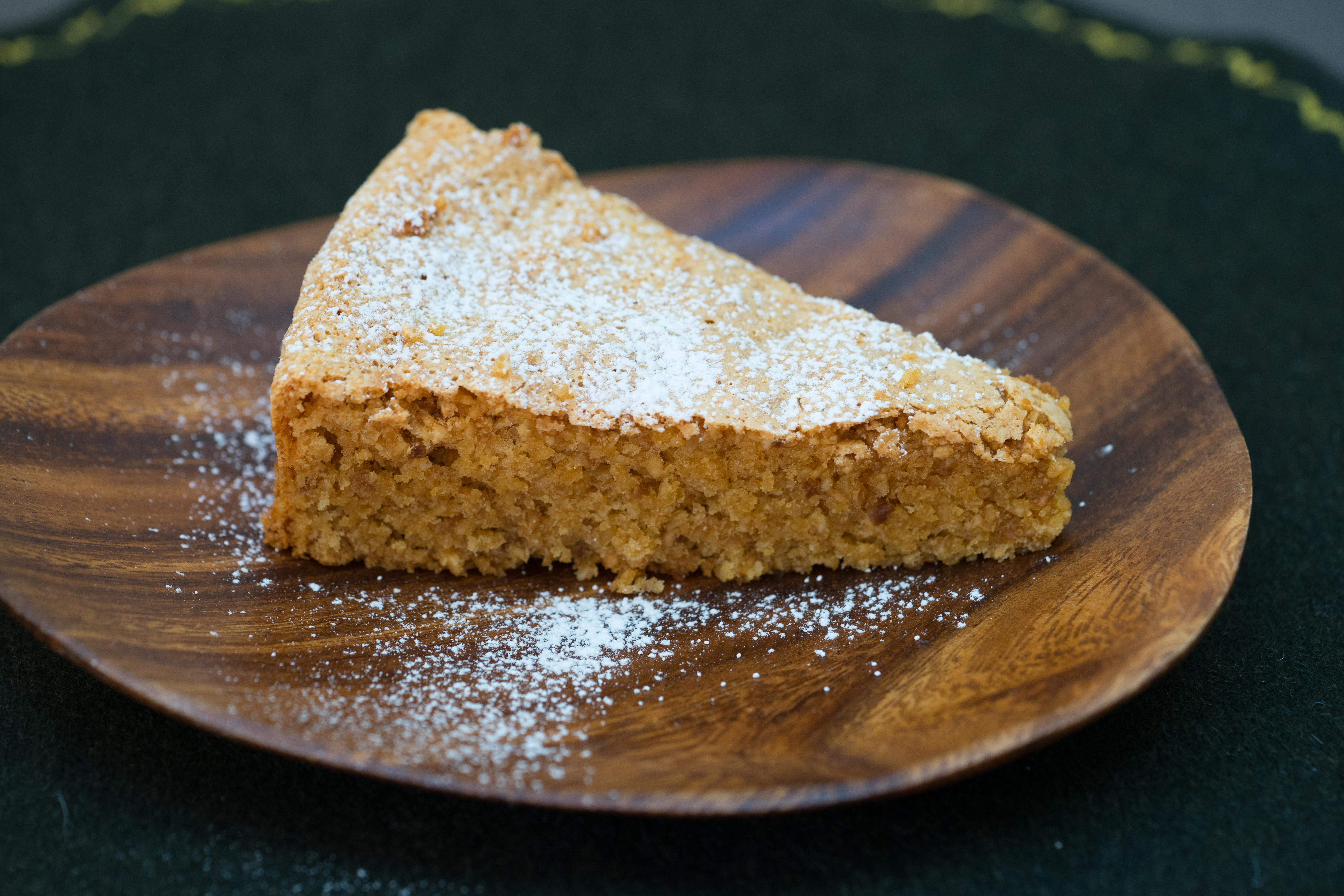
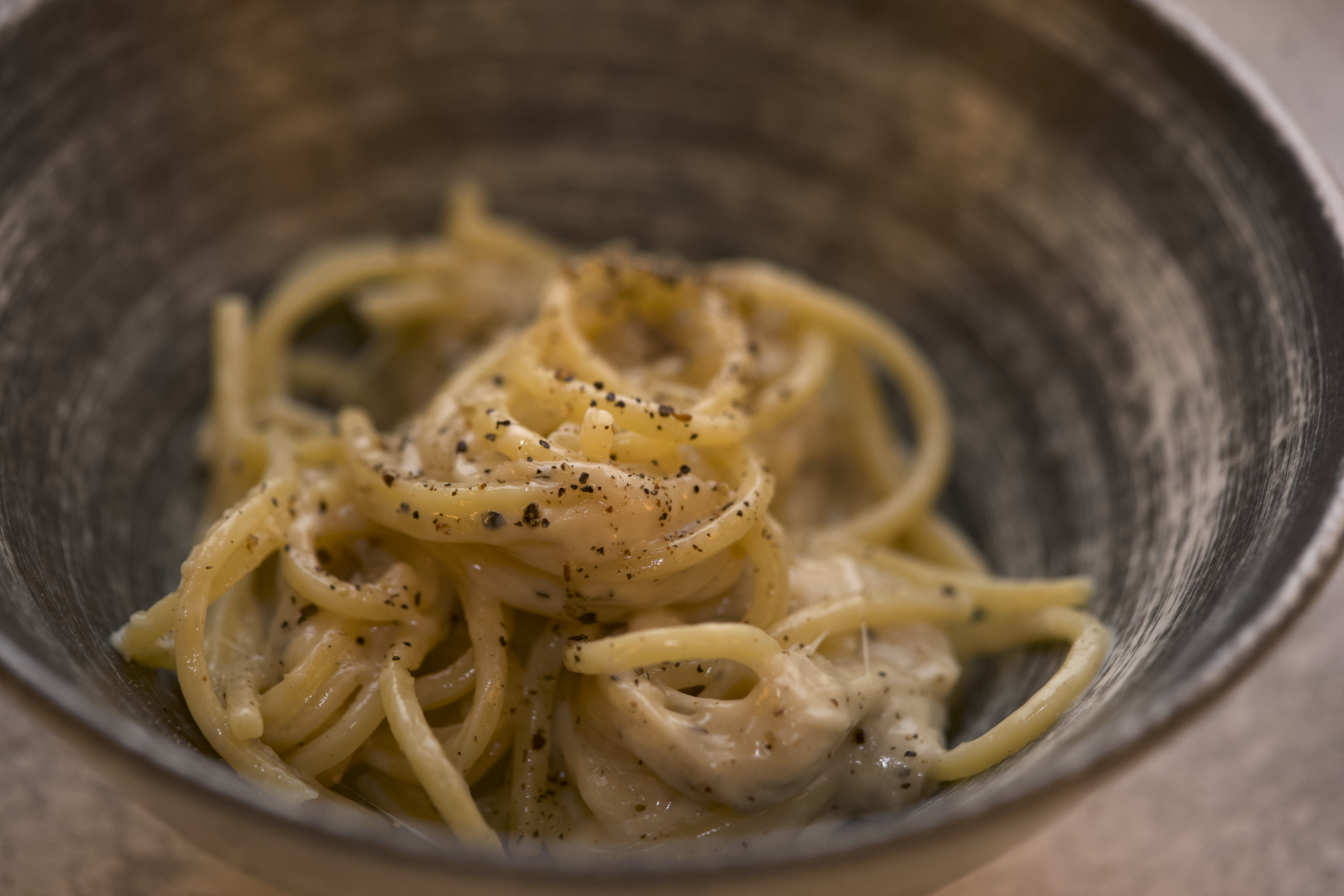
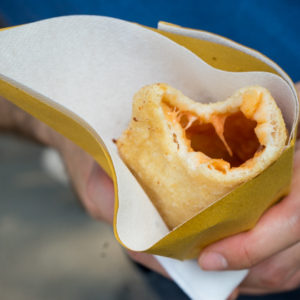
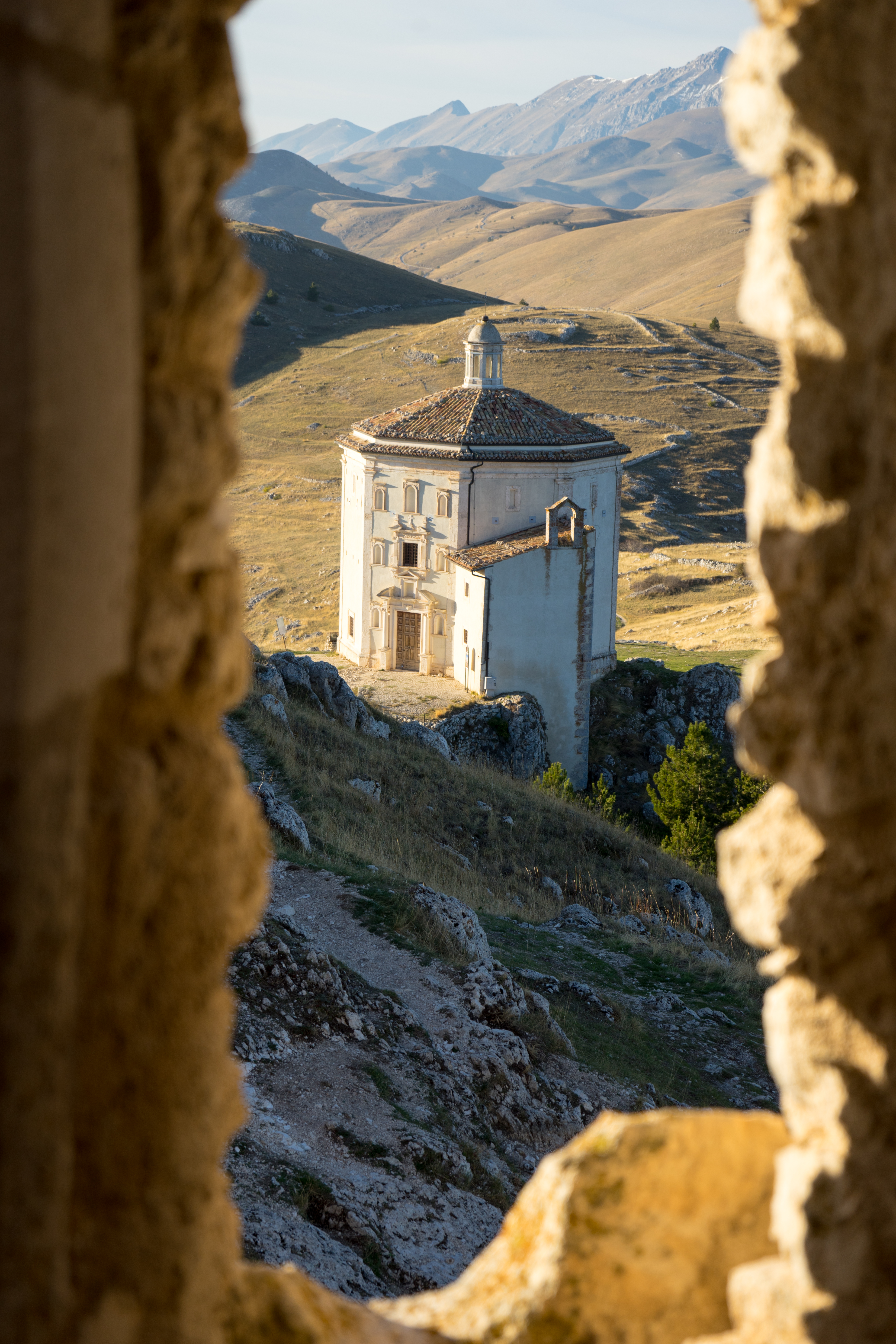
Leave a Reply